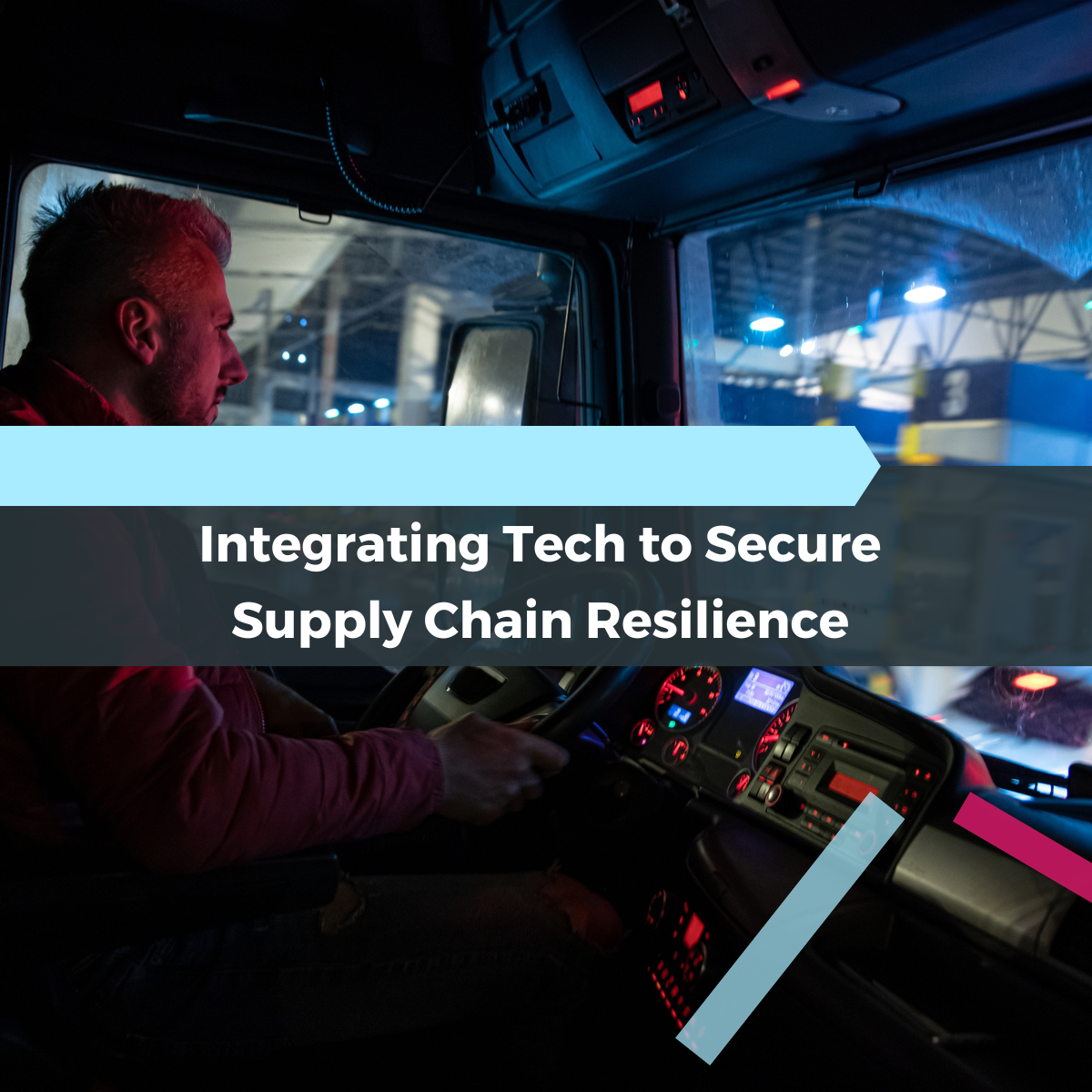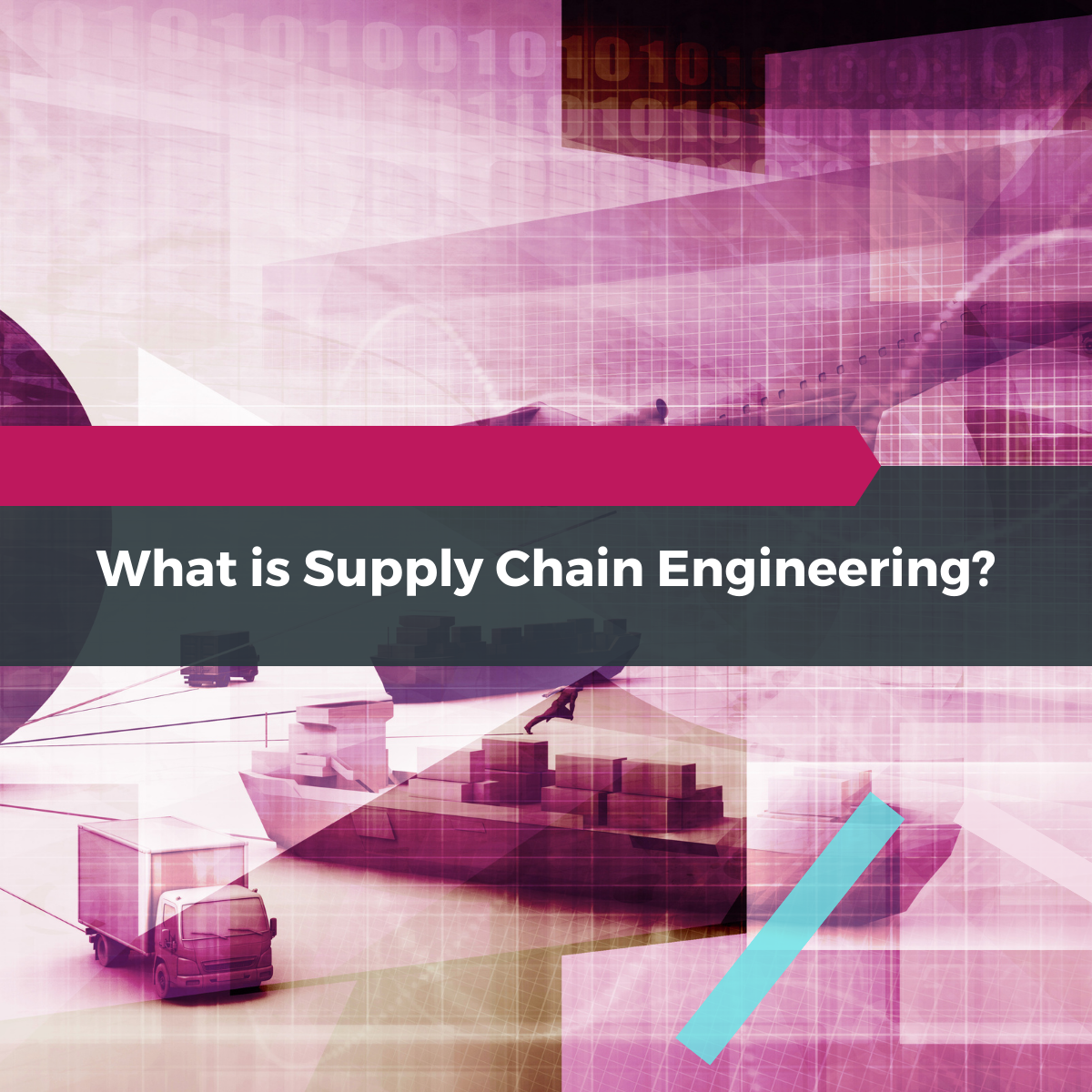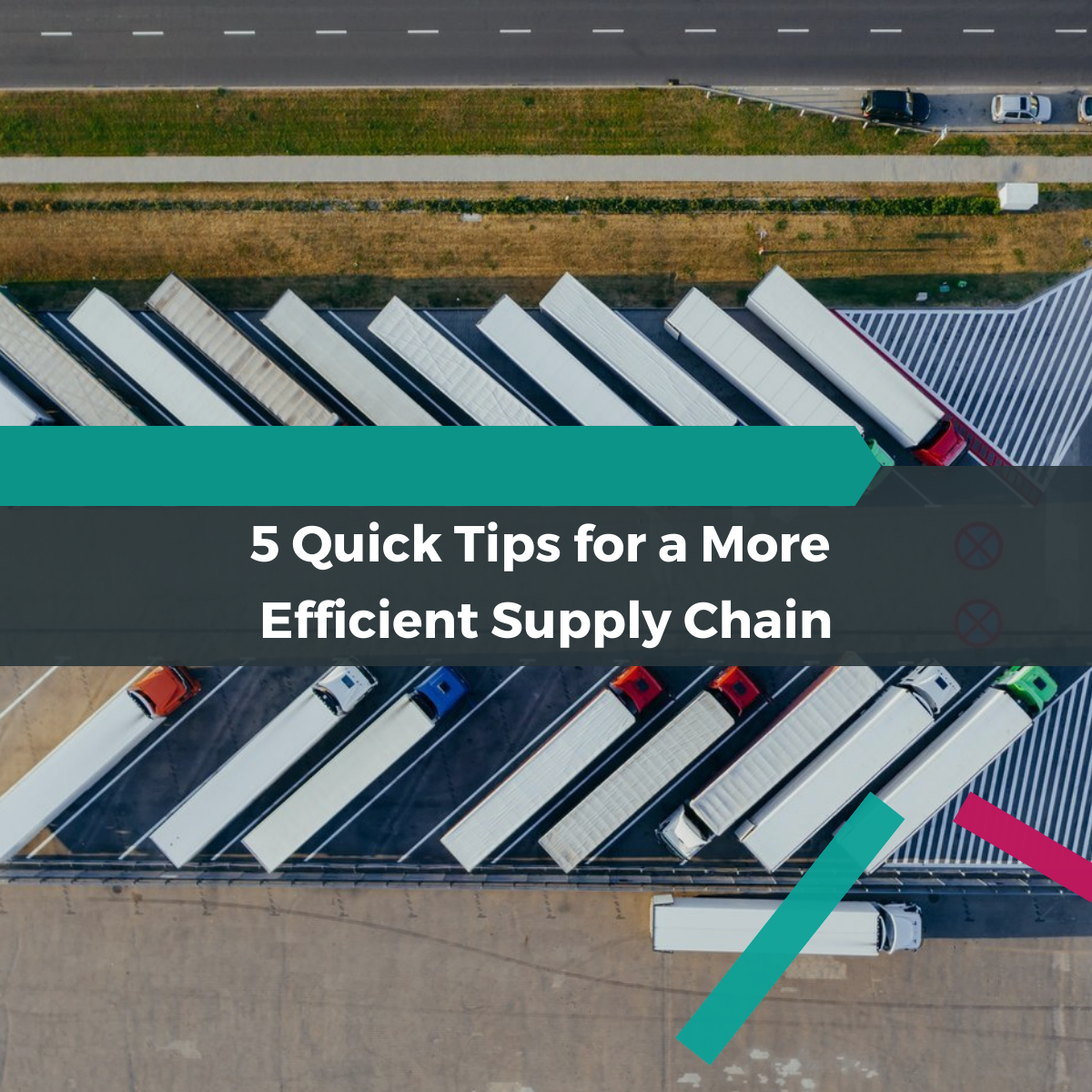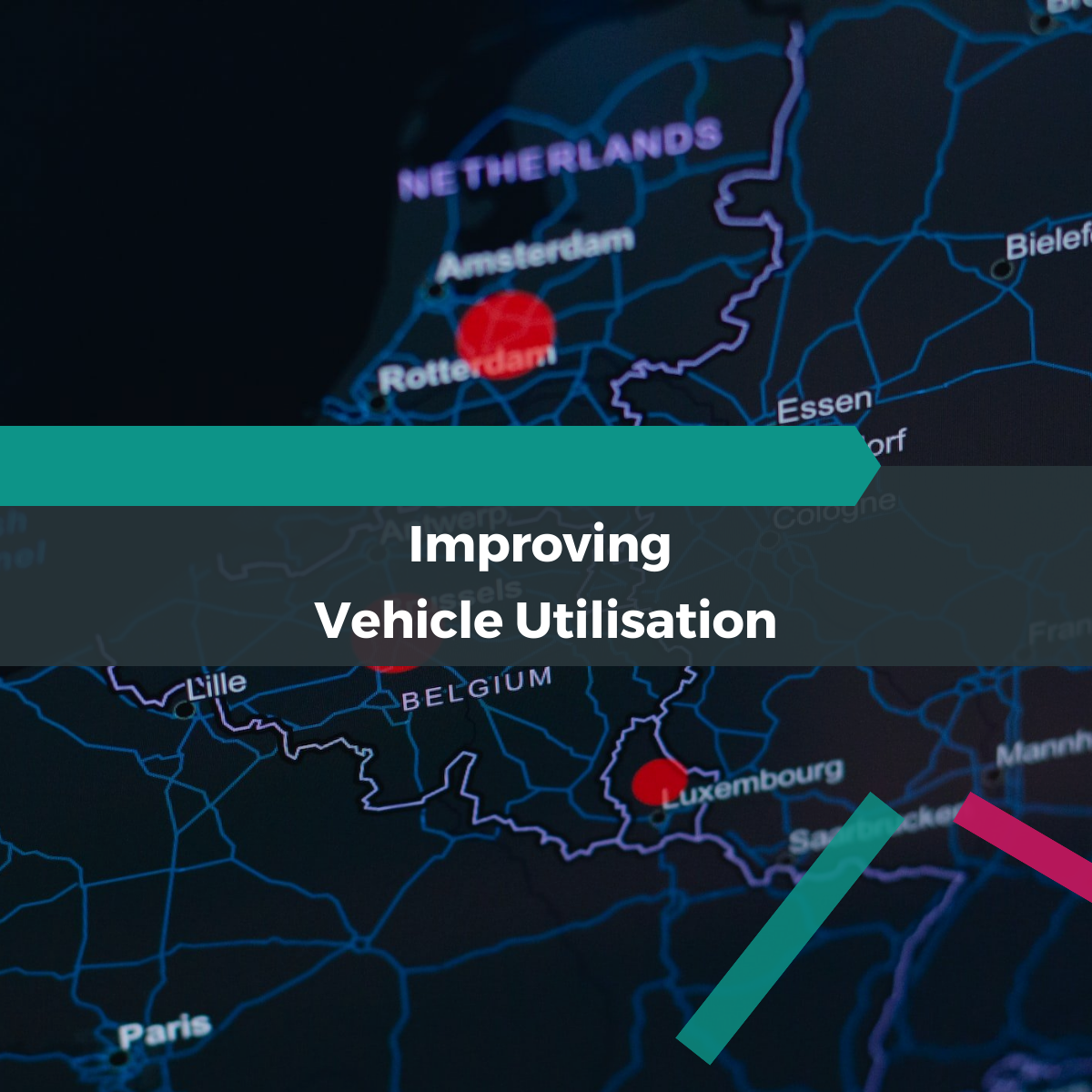Logistics Industry Jargon: A Glossary.

Chill-Chain’s purpose is to challenge the logistics landscape through our tech, but that’s only possible with diverse teams and opinions.
One of our aims is to help bridge the generational gap in the logistics industry and champion it to younger generations and school and University leavers.
We understand that starting in a new industry can be a daunting task, especially when faced with an abundance of industry jargon and technical terms that can be difficult to decipher.
So, we have compiled a glossary of industry basics that even some seasoned professionals may not know. Our goal is to make the logistics industry accessible and encourage new employees to feel confident and empowered in their roles.
Whether you're new to the industry or simply looking to refresh your knowledge, this guide is a valuable resource to have on hand.
So, save it and share it with your colleagues to help promote a culture of understanding and collaboration in the logistics industry.
We want this to be a comprehensive guide. If there are any words that are missing, just let us know!
Use - Crl + F (pc) or cmd + F (mac) - to find specific words!
Ad-hoc
Most commonly used in reference to an ‘ad-hoc load’ (also known as a ‘spot’ load), refers to transportation or logistics services arranged on a one-time or as-needed basis, rather than on a regular schedule or contract.
Ambient
Refers to the normal, room temperature environment, typically used in the context of storing or transporting goods that do not require temperature control.
Artic
An articulated vehicle is a vehicle which has a permanent or semi-permanent pivot joint in its construction, allowing it to turn more sharply. But in the industry it’s a commonly used term used when people need a full sized lorry.
Back Load
Refers to the process of filling a truck or trailer with goods for the return journey after delivering a load to its destination.
BRC Accreditation
Brand Reputation Compliance Global Standards - An accreditation program for logistics service providers in Europe, indicating that the company has met certain quality standards in its operations.
Box Trailer
A type of trailer with a closed, rectangular body used for transporting goods.
Brexit
Short for "British exit," referring to the UK's departure from the European Union and its impact on trade and logistics.
Cap
Pricing cap often placed on a rate card highlighting that orders exceeding a certain number of pallets will not be subject to pricing changes.
CIF
Cost, Insurance, and Freight: A trade term indicating that the seller is responsible for the cost of the goods, insurance, and freight to a named port of destination.
Consolidation
The process of combining multiple smaller shipments into one larger shipment to reduce transportation costs.
Consolidation Hubs
Facilities used to consolidate smaller shipments into larger shipments.
Curtain Sider
A type of truck or trailer with a flexible curtain-like covering that can be opened on one or both sides for loading and unloading. This is also known as a tautliner.
Customs
The government agency responsible for regulating the movement of goods across borders.
De-topped
Or Skimming. A type of ‘re-working’ which includes the process of removing or modifying the top layer of goods on a pallet to adjust the height or improve stability of the load. If a pallet has to be de-topped or skimmed, this means the top layer of goods needs to be manually removed.
Dedicated Vehicles
Vehicles used exclusively by a single customer or for a specific purpose. This means that the vehicle is not used for other purposes or by other customers.
Demurrage
A fee charged by hauliers for the delay in loading or unloading cargo beyond the agreed-upon time limit.
Depot
A location where goods are stored or transferred between trucks or modes of transport, such as a truck to rail.
Dolly Pallet
Are wheeled platforms that are positioned underneath pallets to reduce effort when moving loaded pallets from one place to another along relatively flat ground.
Double Decker
A trailer with greater height capacity and two levels of cargo space, allowing for more efficient use of space and increased carrying capacity.
Double Stacked
The process of loading two layers of cargo on a single pallet in a standard sized truck, typically done with lightweight or non-fragile goods.
Dual Temp
A refrigerated container or truck with two separate temperature zones, allowing for the transportation of goods with different temperature requirements in the same load.
DVS
Short for "Direct Vision Standard," a safety standard for trucks over 12 tonnes operating in London that requires a certain level of driver visibility from the cab, including cameras.
ERN
Short for "European Registration Number," a unique identifier assigned to road vehicles registered in the European Union.
Euro Pallet
A type of pallet commonly used in Europe, measuring 1200 mm x 800 mm. You can typically fit 33 of these pallets on a standard truck.
Freight
Goods being transported.
Freight Forwarder
A company that arranges transportation of goods on behalf of a shipper.
Frigo
A term commonly used in the EU to refer to a refrigerated lorry.
FSC (Fuel Surcharge)
A surcharge added to freight rates to account for fluctuations in fuel costs.
Full Load Rate
The cost of shipping a full truckload of goods from one location to another.
Gateway
A point at which freight moving from one country to another is interchanged between transportation lines.
Hub
Refers to a central warehouse, where consignments are collected, sorted and reloaded.
IBC Pallet
Short for "Intermediate Bulk Container Pallet," a type of pallet used for transporting liquids or other bulk materials in a large, reusable container.
Lane
A specific route between two points used for the transportation of goods.
MRN
Short for "Movement Reference Number," a unique identifier used in customs procedures to track the movement of goods.
O Licence
Operator's Licence: A licence required in the UK to operate goods vehicles over 3.5 tonnes.
Pallet Rate
The cost of shipping a single pallet of goods from one location to another.
Planner
A person responsible for planning the transportation of goods.
POD
Short for "Proof of Delivery," a document or electronic record that confirms the delivery of goods to a recipient.
Primary Network
A network typically run by a retailer to transport goods from its suppliers to the retailers distribution centres for onward distribution.
Procurement
The process of acquiring goods or services.
Rate Card
A document listing the rates charged by a logistics service provider for various routes and destinations.
RDC
Regional Distribution Centre: A facility used to distribute goods to a specific region. In some cases RDC's may also act as storage warehouses too.
Reefer
A refrigerated container or truck used for transporting perishable goods at controlled temperatures.
RHA
Road Haulage Association: A trade association representing road haulage and logistics companies in the UK.
Rigid
A type of truck with a fixed, non-articulated body.
Round Trip
In the logistics industry it is used to refer to a route that involves going to a delivery destination and then returning to the starting point, usually with goods in the vehicle both ways.
Shipper
It is often defined as a person or a company responsible for organising and transporting goods from one point to another.
But to make it clearer, it is the person or company that has goods they need moved. They find a haulage company that will facilitate the movement of these goods.
SLA
Service Level Agreement: An agreement between a logistics service provider and a customer that outlines the expected level of service.
Spot or Spot load
Also known as an ‘ad-hoc’ load, refers to transportation or logistics services arranged on a one-time or as-needed basis, rather than on a regular schedule or contract.
Read our guide to spot shipping here.
Stand Trailer
A trailer which is left at the point of goods origin for them to load with goods either as temporary storage or early (Pre) loading prior to departure.
Sub-contracting
The practice of hiring another company to perform a part of a logistics service.
A professional who specialises in designing and optimising supply chains for maximum efficiency and cost-effectiveness.
Tail Lift
A hydraulic lift on the rear of a truck or trailer used for loading and unloading goods without the need for a loading dock.
Tautliner
Is a trademark for a type of trailer with a flexible, tensioned roof and sides, used for transporting goods that require protection from the weather but not refrigeration. This is also known as a curtainsider.
Temperature Record
A record of the temperature of a refrigerated container or truck during transport, typically used to ensure that temperature-sensitive goods have been transported at the required temperature.
Tender
The process of requesting and selecting bids from carriers or logistics service providers for a specific shipment or contract.
Tractor
Or “traction unit” is a heavy-duty towing engine that is used to haul a towed or trailered load. (Prior to the industry, I would of thought of it as the 'truck' part of the truck and trailer).
Tramping
The practice of making long-distance deliveries which may well take place over a number of days involving the driver living in their cab.
Trunking
The transport of goods between two fixed locations, usually on a regular schedule and along a pre-determined route.
WMS
“Warehouse Management System”. Software used to manage warehouse operations, including inventory control, receiving and shipping, and order fulfilment.
We want this to be a comprehensive guide. If there are any words that are missing, just let us know!
































